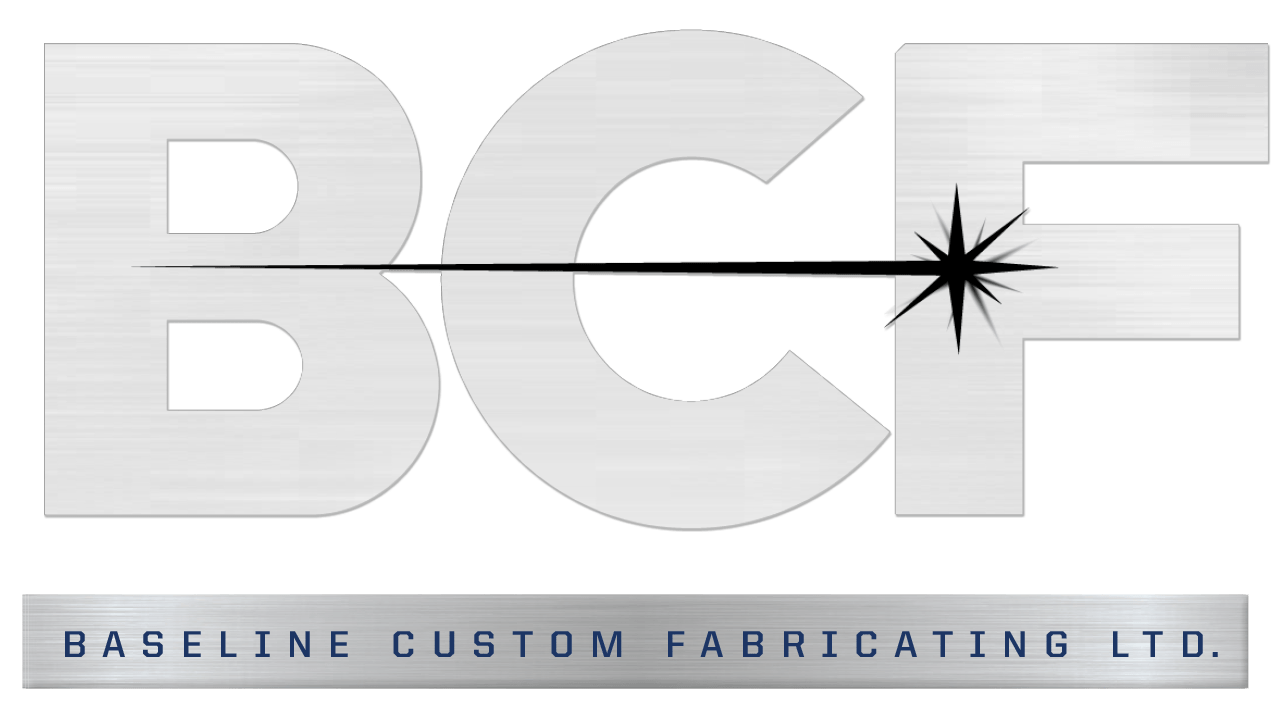The Different Processes in Fabricating Custom Steel Products
Custom steel fabrication works the same as other metal fabrications in which parts or components are created through different processes. The most common techniques in fabricating steel and other metals are lathing, grinding, milling, honing, welding and more. However, there are many fabricating shops that also provide specialties that might be suitable for the needs of your project. Being vital for many manufacturers, steel fabrication ranges from industries such as electrical to automotive. Through the years, the use of steel as the most popular raw materials has resulted in its standardization in most parts and products.
Before a custom steel fabrication process starts, it’s vital that you know and understand the processes and the raw materials involved in creating the final product you need.
Here are some of the essential fabrication processes that your project may have to undergo.
Casting - The casting process has been around for thousands of years already, since steel was discovered to be useful in so many ways. This process involves forcing the molten or liquid metal into a mold where it is then cooled down and hardened, achieving the desired shape for the product. Casting is ideal for parts with complex geometries since it offers a great degree of custom flexibility. While steel is commonly used in casting, other materials are also used such as aluminum, iron, gold, copper, silver, and even epoxies and concrete.
Formed and Expanded - While casting raw material is very common during custom steel fabrication, there are also expanded raw materials that are created by shearing stock metal sheets in a press. This process stretches or expands the steel to its final size while creating diamond-shaped holes that are surrounded by interlinked strands of metal. The final products look very aesthetically pleasing, making them suited for architectural purposes and also come in various thicknesses and grating sizes.







